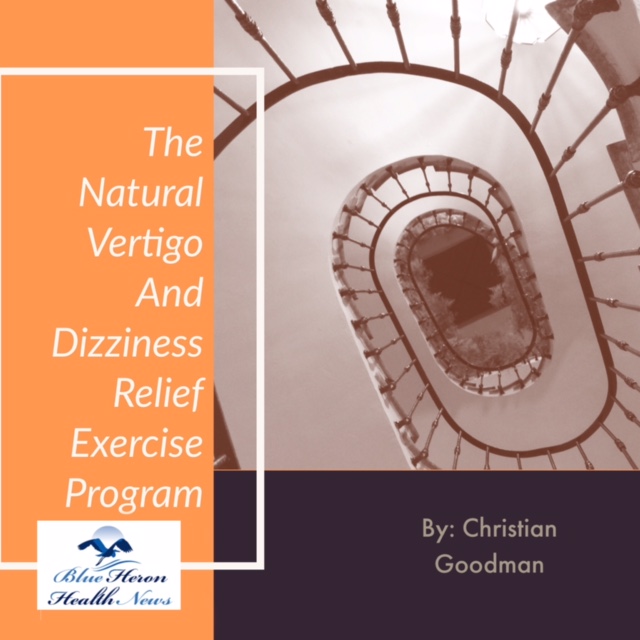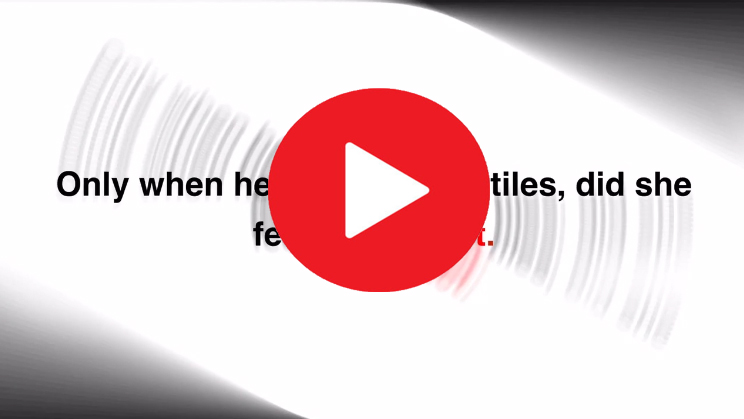
The Vertigo And Dizziness Program™ By Christian Goodman Vertigo and Dizziness Program is a designed to help stop vertigo and dizziness once and for all. Medical practitioner don’t know the exact cure for this condition but this program will show you exactly what you need to make this painful condition a thing of the past. This program has recommended a set of simple head exercises that help cure this condition.
The vestibular system and its function
The Vestibular System and Its Function
The vestibular system is a complex sensory system located within the inner ear and brain that is crucial for maintaining balance, spatial orientation, and coordinating movements. It helps the body understand its position in space and respond appropriately to changes in head and body position, enabling us to walk, run, turn, and move without losing balance or becoming disoriented.
Anatomy of the Vestibular System
The vestibular system consists of several key structures within the inner ear (the peripheral vestibular system) and the brain (the central vestibular system). The primary components of the vestibular system include:
1. Peripheral Vestibular System (Inner Ear)
- Semicircular Canals:
- There are three semicircular canals (anterior, posterior, and lateral) in each ear, oriented at approximately right angles to each other. These canals are filled with a fluid called endolymph.
- Each canal detects rotational movements of the head (e.g., turning your head from side to side, nodding, or tilting). The canals contain hair cells with tiny hair-like extensions called stereocilia, which are sensitive to the movement of the endolymph fluid within the canals.
- When the head rotates, the endolymph fluid lags behind due to inertia, causing the stereocilia to bend. This bending sends signals to the brain about the direction and speed of the head’s rotation.
- Otolith Organs (Utricle and Saccule):
- The utricle and saccule are two sac-like structures located in the vestibule, the central part of the inner ear.
- These organs detect linear movements (e.g., moving forward or backward, up or down) and the position of the head relative to gravity (e.g., tilting the head).
- Each otolith organ contains a gelatinous layer with embedded calcium carbonate crystals called otoconia. When the head moves or tilts, the otoconia shift, causing the underlying hair cells to bend. This bending sends signals to the brain about the direction of linear movement or head tilt.
2. Central Vestibular System (Brain)
- Vestibular Nerve:
- The vestibular nerve carries signals from the hair cells in the semicircular canals and otolith organs to the brainstem. It is part of the vestibulocochlear nerve (cranial nerve VIII), which also includes the cochlear nerve responsible for hearing.
- Vestibular Nuclei:
- Located in the brainstem, the vestibular nuclei are the primary processing centers for vestibular information. They receive input from the vestibular organs, as well as from the eyes and proprioceptive sensors (which detect body position and movement).
- The vestibular nuclei integrate this information and send signals to various parts of the brain and spinal cord to coordinate balance, posture, and eye movements.
- Cerebellum:
- The cerebellum plays a key role in fine-tuning movements, maintaining balance, and coordinating voluntary actions. It receives input from the vestibular nuclei and helps adjust motor responses to maintain stability and smooth movements.
- Cortex:
- The vestibular cortex, located in the parietal and temporal lobes of the brain, is involved in the conscious perception of balance and spatial orientation. It integrates vestibular information with visual and proprioceptive inputs to create an overall sense of body position in space.
- Oculomotor System:
- The vestibulo-ocular reflex (VOR) is a crucial function of the vestibular system that stabilizes vision during head movements. The VOR ensures that when the head moves, the eyes automatically move in the opposite direction to maintain a steady gaze on a fixed point. This reflex is vital for clear vision during activities like walking, running, or driving.
Functions of the Vestibular System
The vestibular system performs several essential functions:
1. Maintaining Balance and Equilibrium
- The vestibular system continuously monitors the position and movement of the head and body. It detects changes in head position and movement, both rotational (angular) and linear, and sends this information to the brain to help maintain balance.
- The system works closely with the visual and proprioceptive systems to provide a stable sense of equilibrium. For example, when you stand on one leg or walk on uneven ground, the vestibular system helps you stay upright and balanced.
2. Spatial Orientation
- The vestibular system helps you understand where your body is in space and how it is oriented relative to gravity. This sense of spatial orientation is critical for navigating your environment, avoiding obstacles, and performing coordinated movements.
- Spatial orientation also allows you to perceive the direction and speed of your movements, which is essential for tasks like driving, swimming, or playing sports.
3. Coordinating Head and Eye Movements
- The vestibulo-ocular reflex (VOR) ensures that your eyes remain focused on a fixed point even when your head is moving. This reflex is essential for maintaining clear vision during activities that involve head movement, such as walking, running, or turning your head.
- The VOR operates by sending signals from the vestibular system to the eye muscles, causing the eyes to move in the opposite direction of the head movement. This automatic adjustment stabilizes the visual field and prevents blurring.
4. Posture and Gait Control
- The vestibular system helps regulate muscle tone and posture, allowing you to maintain an upright stance and move smoothly. It sends signals to the muscles in the neck, trunk, and limbs to make the necessary adjustments to maintain balance during movement.
- Proper functioning of the vestibular system is essential for coordinated walking, running, and other complex motor activities. It helps you adjust your posture and gait to respond to changes in terrain, speed, and direction.
5. Compensation for Head Movements
- The vestibular system allows the body to compensate for voluntary and involuntary head movements. Whether you’re nodding, shaking your head, or experiencing a sudden jolt, the vestibular system helps keep you oriented and balanced.
- This compensation is vital for activities like reading while in motion (e.g., on a bus or train), where your head may be moving, but your eyes remain focused on the text.
Disorders of the Vestibular System
When the vestibular system is not functioning properly, it can lead to a variety of symptoms and conditions, including:
- Vertigo: A sensation of spinning or moving, often caused by dysfunction in the semicircular canals or otolith organs (e.g., BPPV, Meniere’s disease).
- Dizziness: A general feeling of lightheadedness or unsteadiness that can result from vestibular system issues.
- Balance Problems: Difficulty maintaining balance, leading to a risk of falls and instability.
- Nystagmus: Involuntary, rapid eye movements that can occur when the vestibular system is sending incorrect signals to the brain.
- Motion Sickness: A condition where the vestibular system’s signals conflict with visual or proprioceptive inputs, leading to nausea, dizziness, and discomfort.
Conclusion
The vestibular system is a critical component of the body’s balance and spatial orientation mechanisms. It works in concert with other sensory systems to maintain equilibrium, coordinate movements, and provide a stable visual field during motion. When the vestibular system is disrupted, it can lead to significant challenges with balance, coordination, and perception of movement, highlighting the importance of this system in everyday life. Understanding the vestibular system’s function is essential for diagnosing and treating conditions related to balance and dizziness.

The Vertigo And Dizziness Program™ By Christian Goodman Vertigo and Dizziness Program is a designed to help stop vertigo and dizziness once and for all. Medical practitioner don’t know the exact cure for this condition but this program will show you exactly what you need to make this painful condition a thing of the past. This program has recommended a set of simple head exercises that help cure this condition.